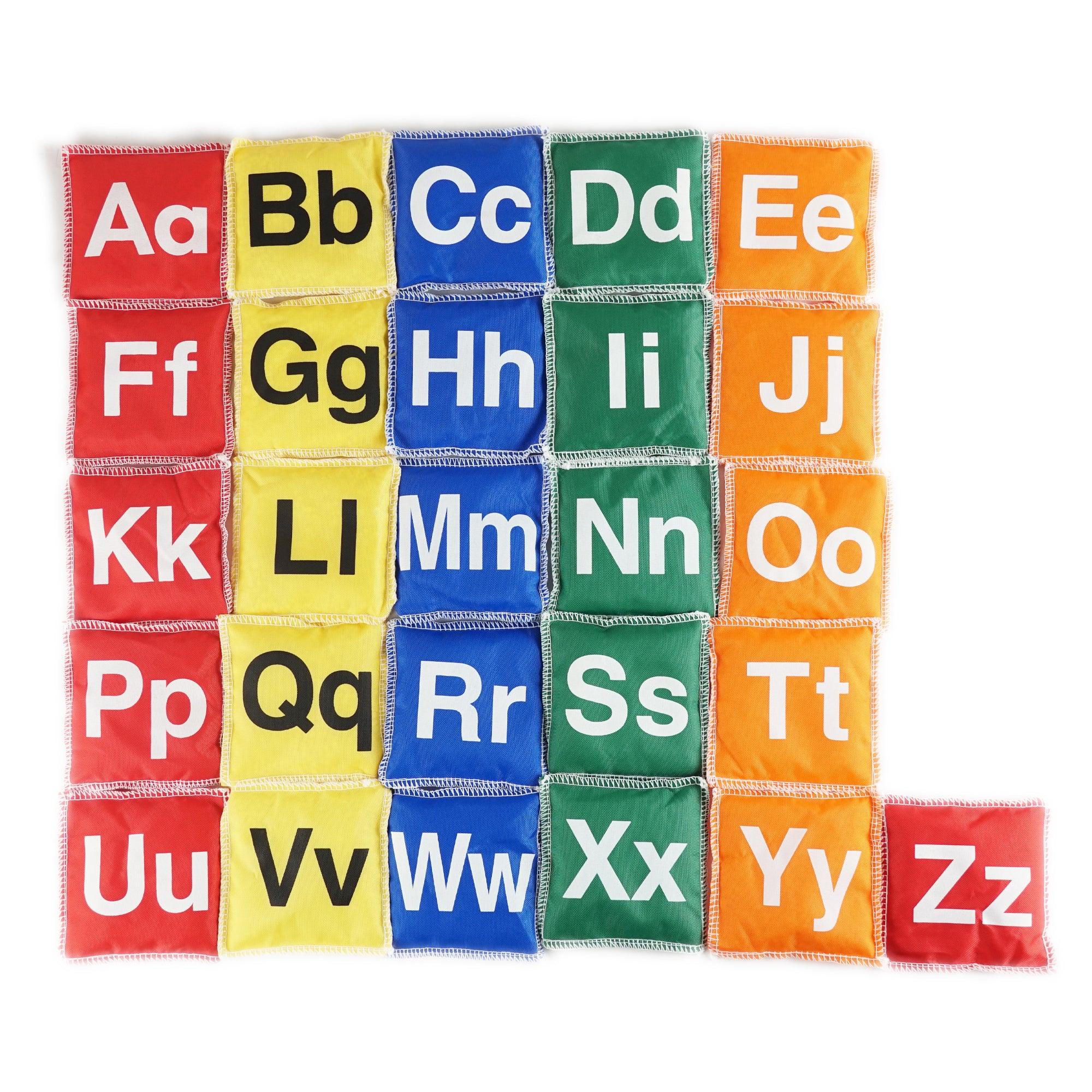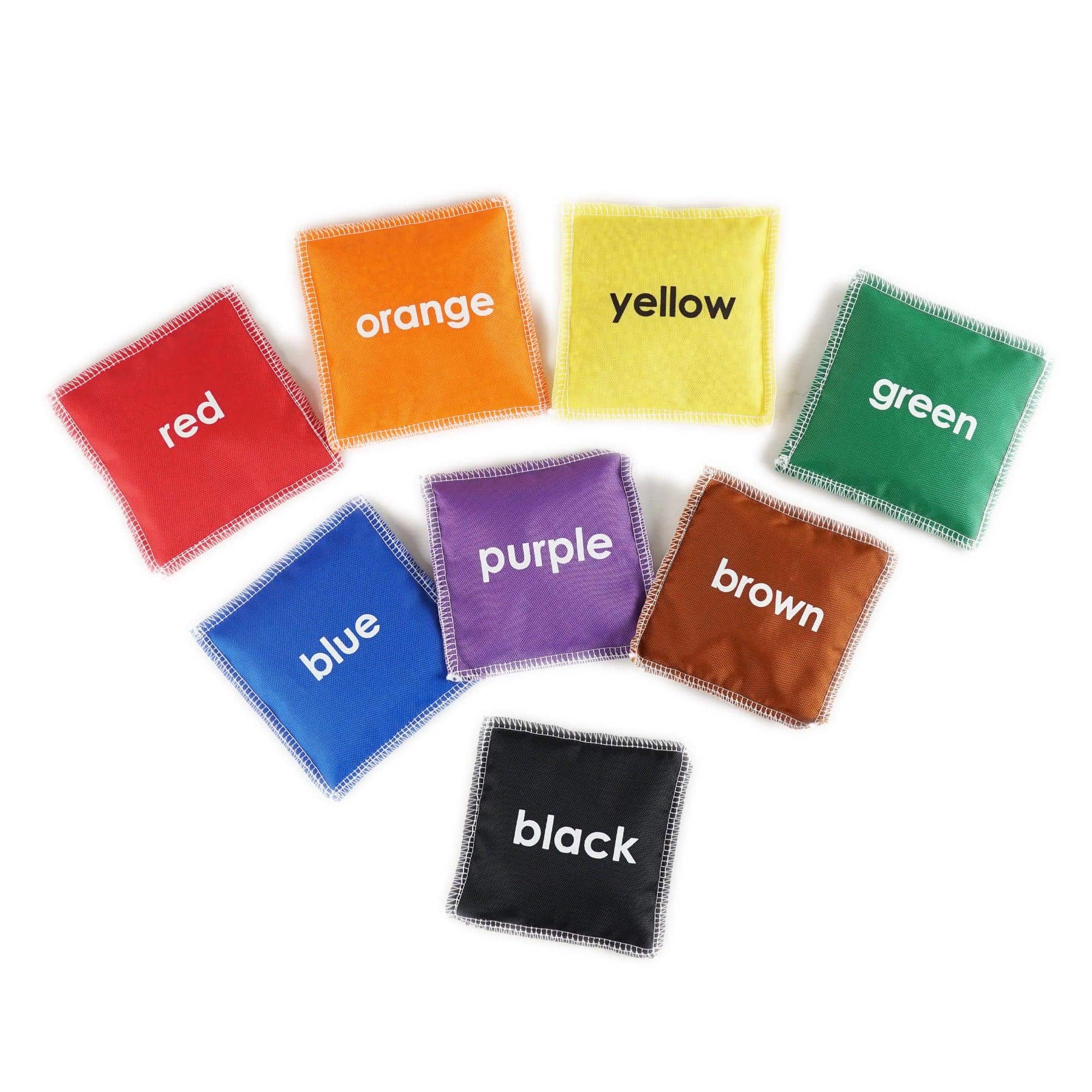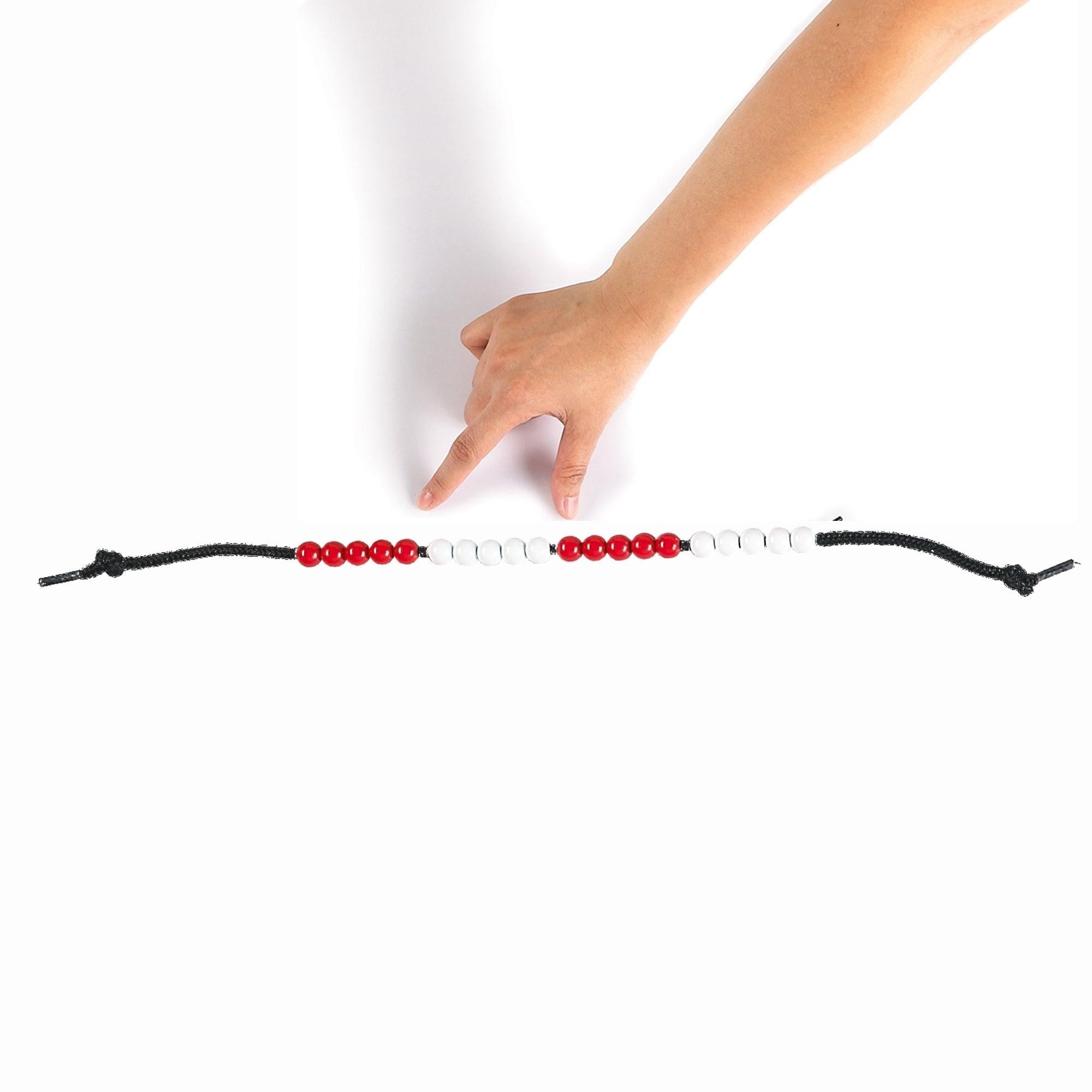The Connection between Toys and Mindfulness in Children
Introduction
In today’s fast-paced world, where children are constantly bombarded with technological devices and distractions, it is becoming increasingly important to foster mindfulness in their daily lives. Mindfulness is the practice of being fully present in the moment, aware of one’s thoughts, feelings, and surroundings without judgment. While there are various techniques and activities that can promote mindfulness in children, one unexpected avenue is through the use of toys.
The Benefits of Mindfulness in Children
Mindfulness has been shown to have numerous benefits for children’s overall well-being. It helps enhance their self-awareness, emotional regulation, and empathy, while also boosting their attention span and cognitive abilities. Additionally, practicing mindfulness can reduce stress and anxiety, improve sleep quality, and foster a positive outlook on life.
The Role of Toys in Promoting Mindfulness
Toys, apart from providing entertainment and stimulating the imagination, can also play a significant role in facilitating the development of mindfulness in children. Here are some features and benefits of toys that help foster mindfulness:
- Sensory Experience: Toys that provide a sensory experience, such as textured surfaces, soothing sounds, or pleasant scents, can help children become more aware of their senses and cultivate mindfulness of their immediate environment.
- Open-Ended Play: Toys that encourage open-ended play, where children are not limited by specific rules or outcomes, allow them to fully immerse themselves in the present moment. This type of play promotes creativity, problem-solving skills, and the ability to focus on the task at hand.
- Slow-Paced Activities: Toys that involve slow, deliberate movements, such as puzzles, building blocks, or painting sets, can teach children the value of patience and concentration. These activities require children to slow down and engage their senses, promoting mindfulness while fostering a sense of calm and relaxation.
- Emotional Expression: Toys that allow for emotional expression, such as dolls or puppets, can help children develop emotional intelligence and mindfulness of their feelings. Through role-playing and storytelling, children can explore their own emotions and empathize with others, enhancing their social and interpersonal skills.
- Nature-Inspired Toys: Toys that incorporate natural elements, such as wooden blocks, gardening kits, or nature-themed puzzles, provide children with a connection to the natural world. These toys foster mindfulness by encouraging children to observe, appreciate, and interact with the natural environment around them.
Conclusion
In conclusion, introducing mindfulness to children is essential for their overall well-being and development. Toys can serve as powerful tools to promote mindfulness by providing sensory experiences, encouraging open-ended play, facilitating slow-paced activities, supporting emotional expression, and connecting children to the natural world. By incorporating these mindful toys into children’s lives, we can help them cultivate self-awareness, emotional regulation, and a sense of calm in today’s busy world.




